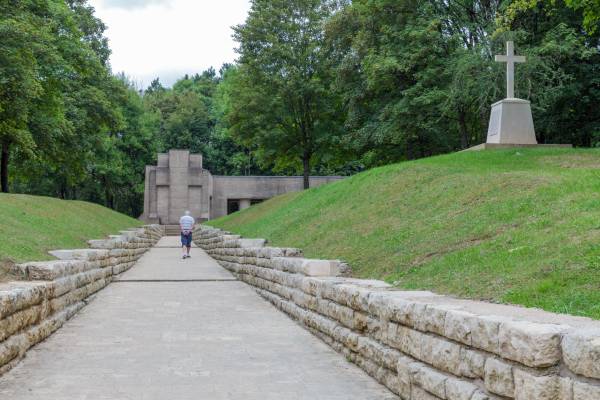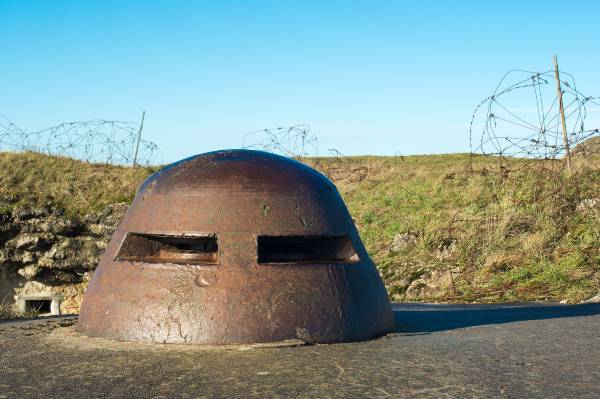
Find your ideal hike in the Gaume
Looking for an ideal hike for you and your group? But really no idea where to start? Our solution: collections on Komoot.
November 11 – Armistice Day – is an important day of remembrance for ‘The Great War’. Today we commemorate the many victims this war made. The Belgian and French Ardennes is an historical site for both World Wars. An ideal moment to pause and reflect on the local war history and the many human sacrifices that were made here. With this series we commemorate the impact of these wars. In this first part we look back, in part two and part three we’ll take you on a trip through the region.
‘The Great War’ left its mark on this region. The impact was enormous. More than 60 million European soldiers (out of a then European population of 460 million) fought here against each other. One of the most important sites in this war was the Battlefield of Verdun. The war was at a standstill and had become a pointless trench warfare in 1914 and 1915. For years both sides fought for inches of land, resulting in countless deaths and injuries. Both parties needed to force a decisive victory in 1916.

Verdun guarded the northern entrance to the Champagne valley and thus the entrance to Paris. The German commanders expected it to be defended to the last French gasp and opted for a the bleeding tactic. It sought a place in the front line that the French would defend to the hilt. There, it wanted to attack constantly and thus have the opportunity to wipe out the entire French army. This place would become Verdun.

The Battle of Verdun (February 21, 1916 – December 20, 1916) was one of the bloodiest battles in the history of World War I. Just in the first 2 days of the siege, German soldiers would fire no less than 2 million shells into the area. This battle claimed more than 700,000 victims on a battlefield barely larger than a few square kilometers. The attack could be heard up to 170 km away and even in Paris the windows trembled.
The battle left Verdun with a very distinctive undulating ‘shell landscape’. Every pit and hill resulted from an explosion. Some parts of the territory are still not safe to walk after more than 100 years. They’re still closed to the public and known as ‘the forbidden forests’. In the next blog post, we will take you past the many visible war memories on a day trip in Verdun. These trenches, underground forts, casemates, monuments and museums remain witnesses to one of the greatest battles of World War I.
Verdun played an important role in World War I. Because it’s important to remember, we decided to write a piece on the incidents in this region in this first part of our series about the battle of Verdun. In the next blog post, we will take you on a day trip around Verdun past the many visible war memories. The Fort of Douaumont, the many trenches, underground forts, casemates, graves, monuments and museums all remain silent witnesses to one of the greatest battles of the First World War. In Part 3, we’ll take you on a citytrip to Verdun itself.

Looking for an ideal hike for you and your group? But really no idea where to start? Our solution: collections on Komoot.


Dipping your feet, building a dam or even swimming? What’s better than cooling off in a forest or in the water with this hot weather? 5 tips to do just that and still explore the region.


Embark on a thrilling summer hike from our vacation home in Lacuisine, exploring stunning viewpoints and experiencing a refreshing river crossing. Discover the beauty of the Semois Valley and indulge in a memorable adventure in the Gaume region.
Leave a message below or share your thoughts on our contact page, Facebook, or Instagram. We look forward to hearing your tips or exchange experiences.
Looking for inspiration? We’ve collected some great tips from travelers in the region on Pinterest.
1 thought on “The Battle of Verdun”
Pingback: Verdun, discovering the marks of the Great War - la trottinette